Economics Assignment Solution: Statistical Analysis of Economic Data
VerifiedAdded on 2020/04/21
|6
|481
|268
Homework Assignment
AI Summary
This economics assignment solution delves into various aspects of statistical analysis within the field of economics. The solution begins by examining the distribution of hourly wages, comparing males and females through histograms and discussing central location, dispersion, and skewness. It then explores the relationship between education and hourly wages using regression analysis, calculating the correlation coefficient and developing a regression equation. The solution tests the significance of the linear relationship between education and wages, formulating null and alternative hypotheses, and interpreting t-statistics and p-values. The document also calculates estimated wage rates based on education levels. Furthermore, it conducts hypothesis testing to compare wage rates between genders using t-tests and ANOVA, providing conclusions based on the significance levels. The assignment covers a range of statistical techniques and their application to economic data, offering a comprehensive analysis of the variables involved.
1 out of 6
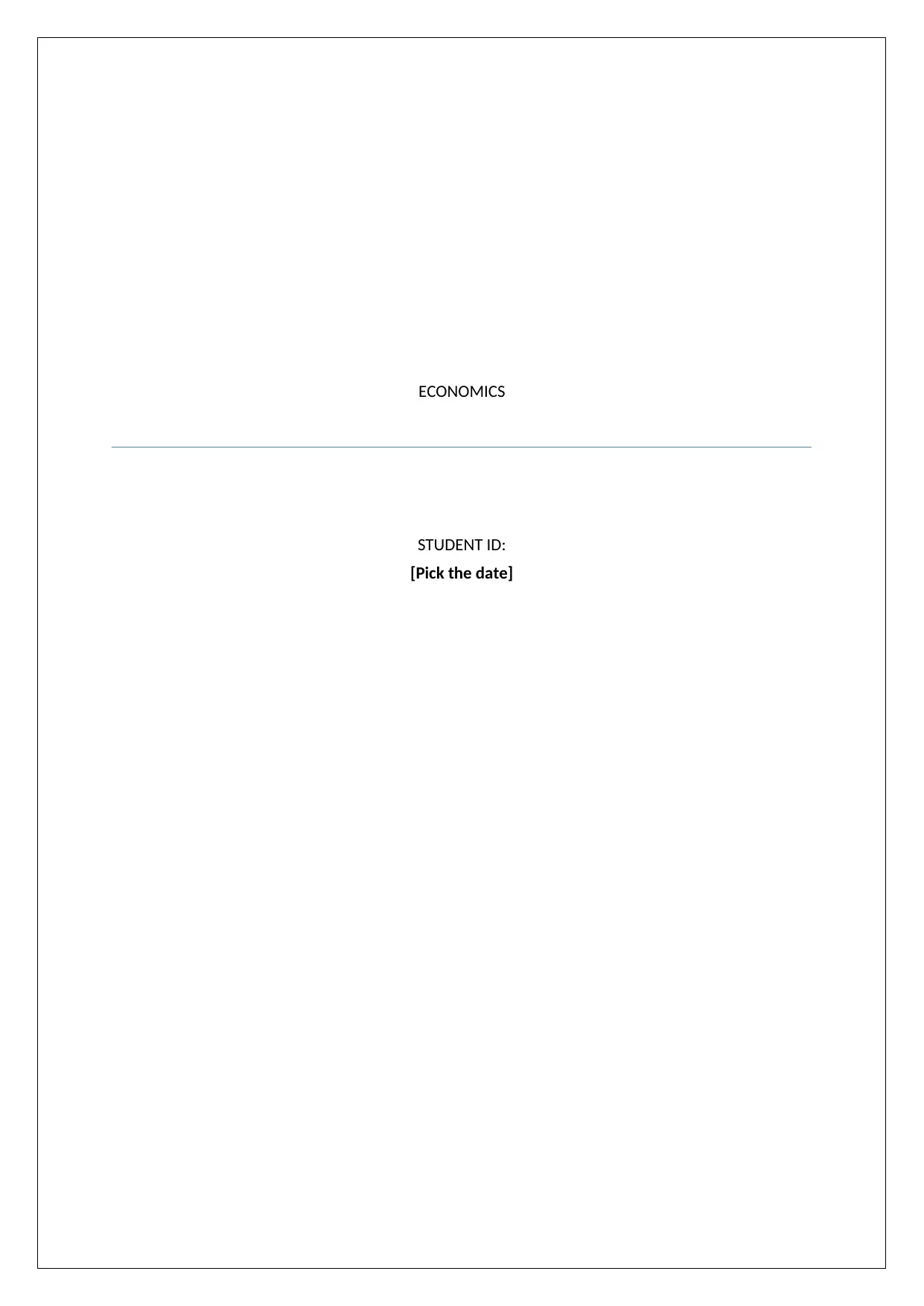
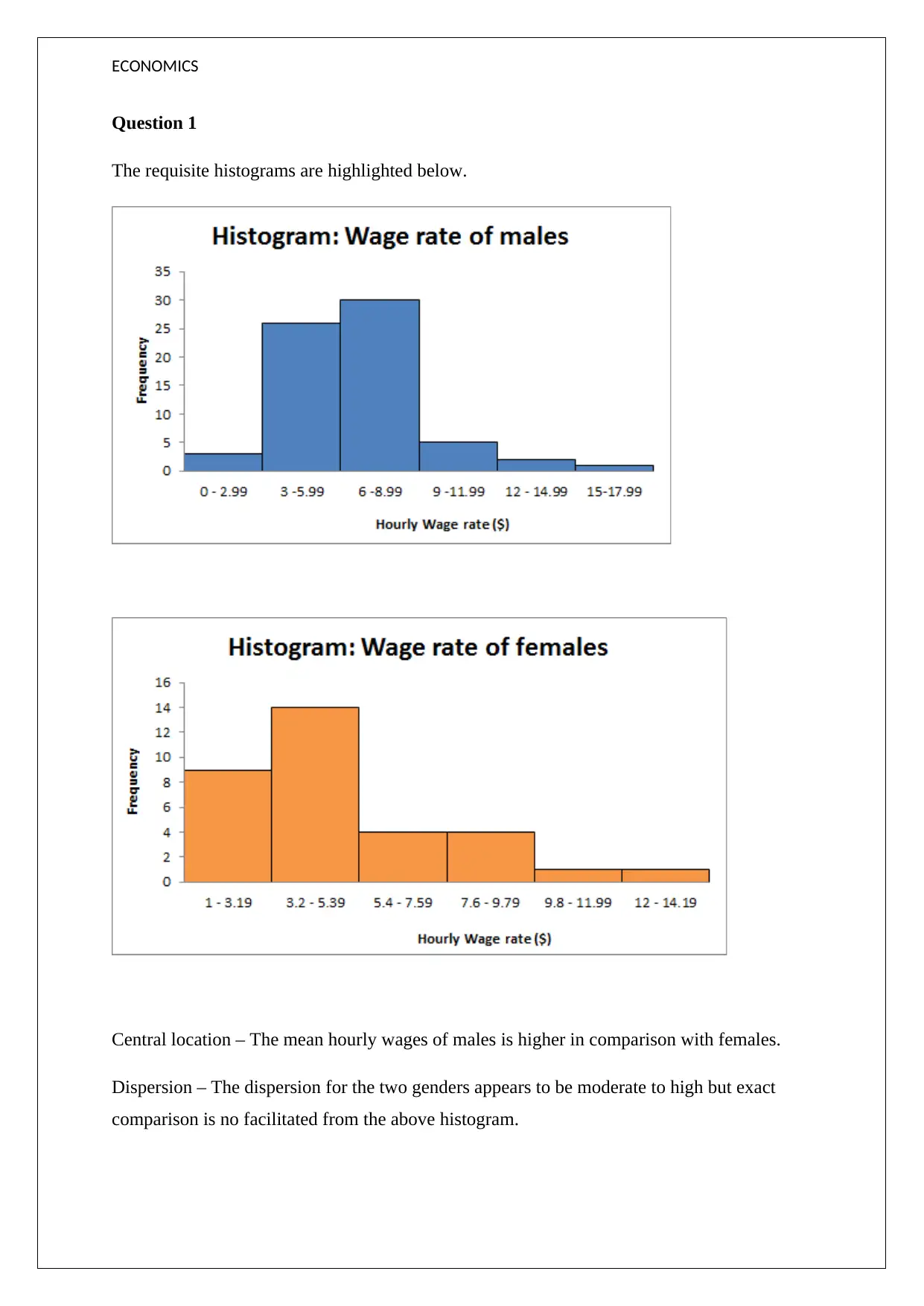
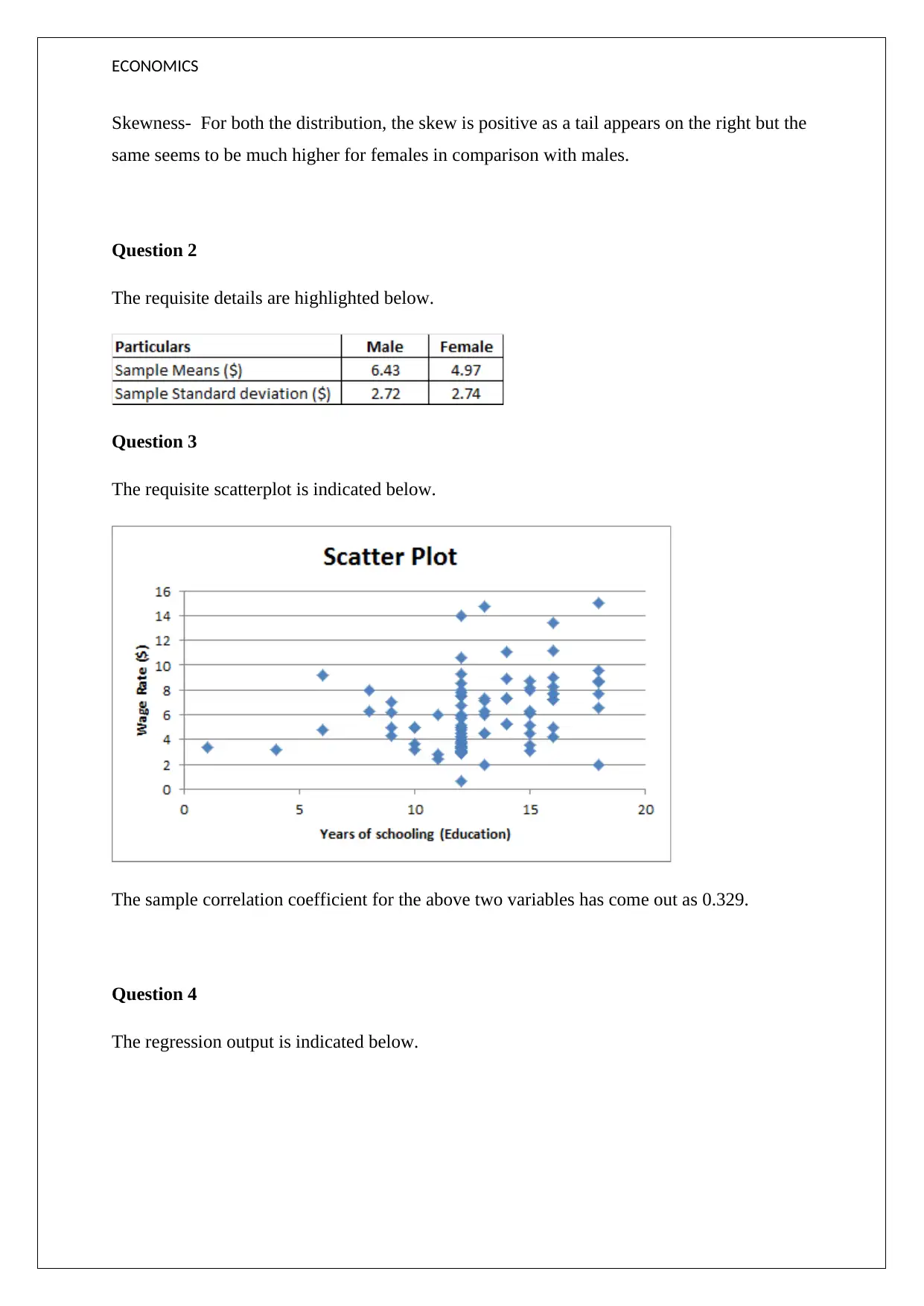

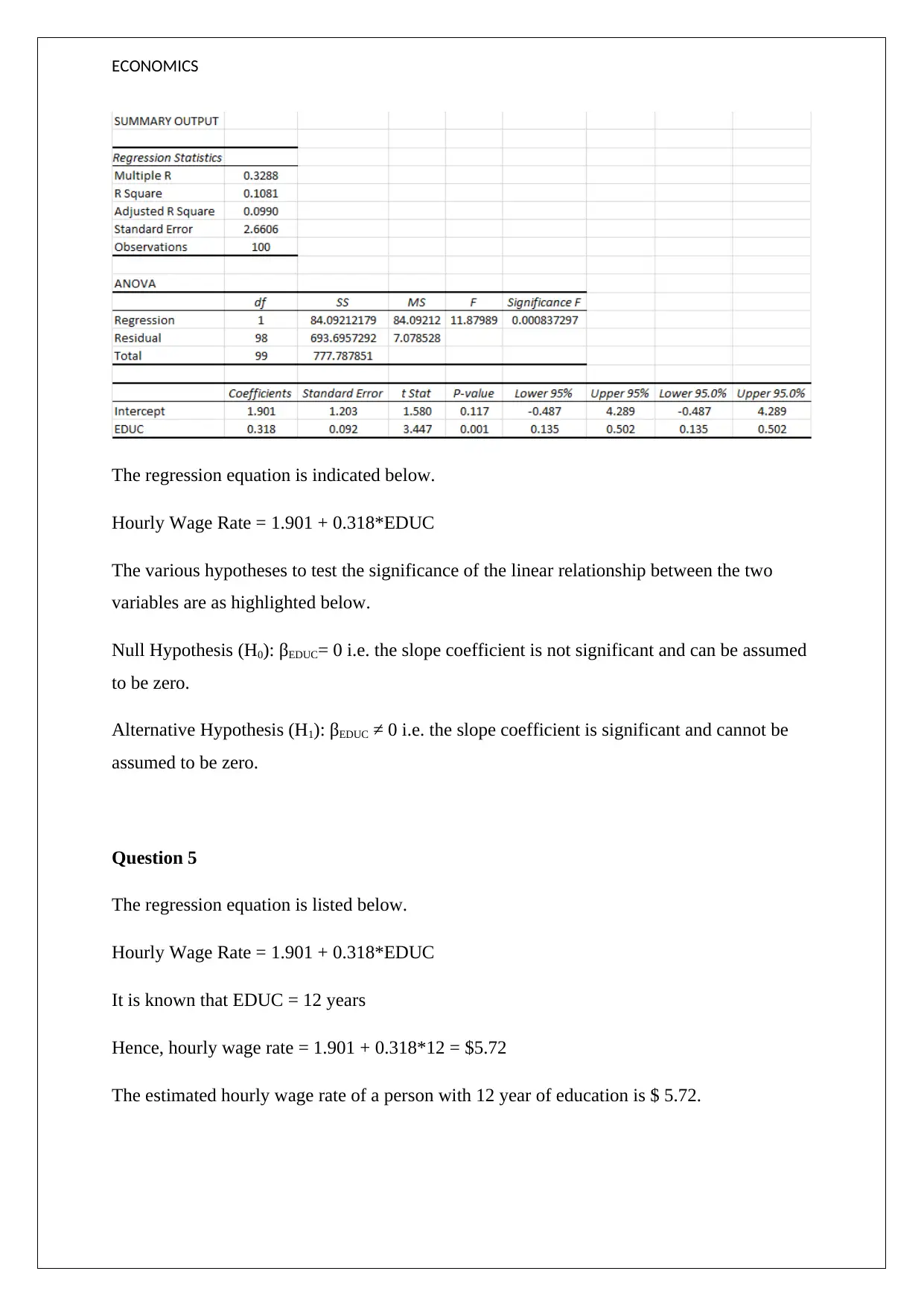
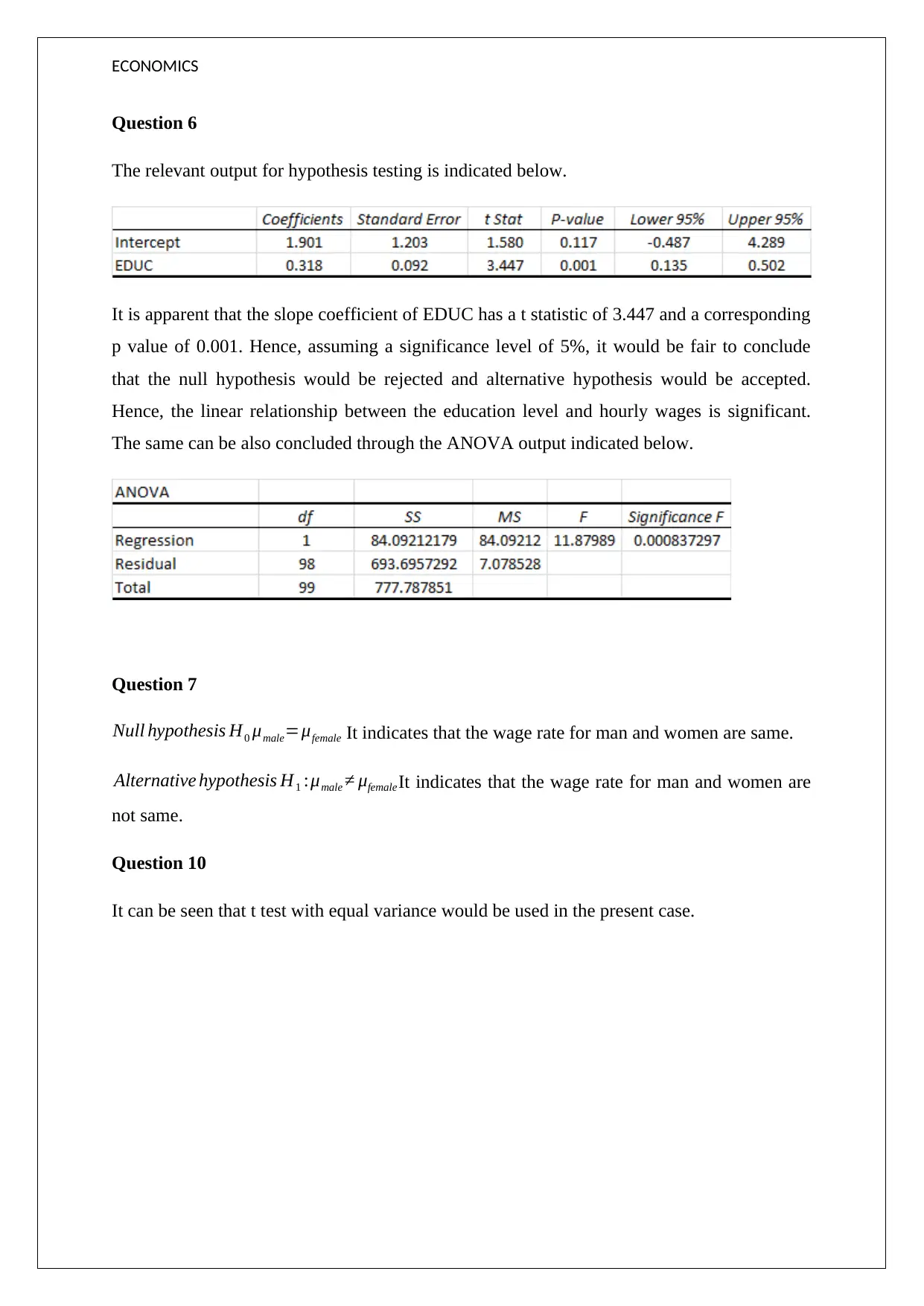
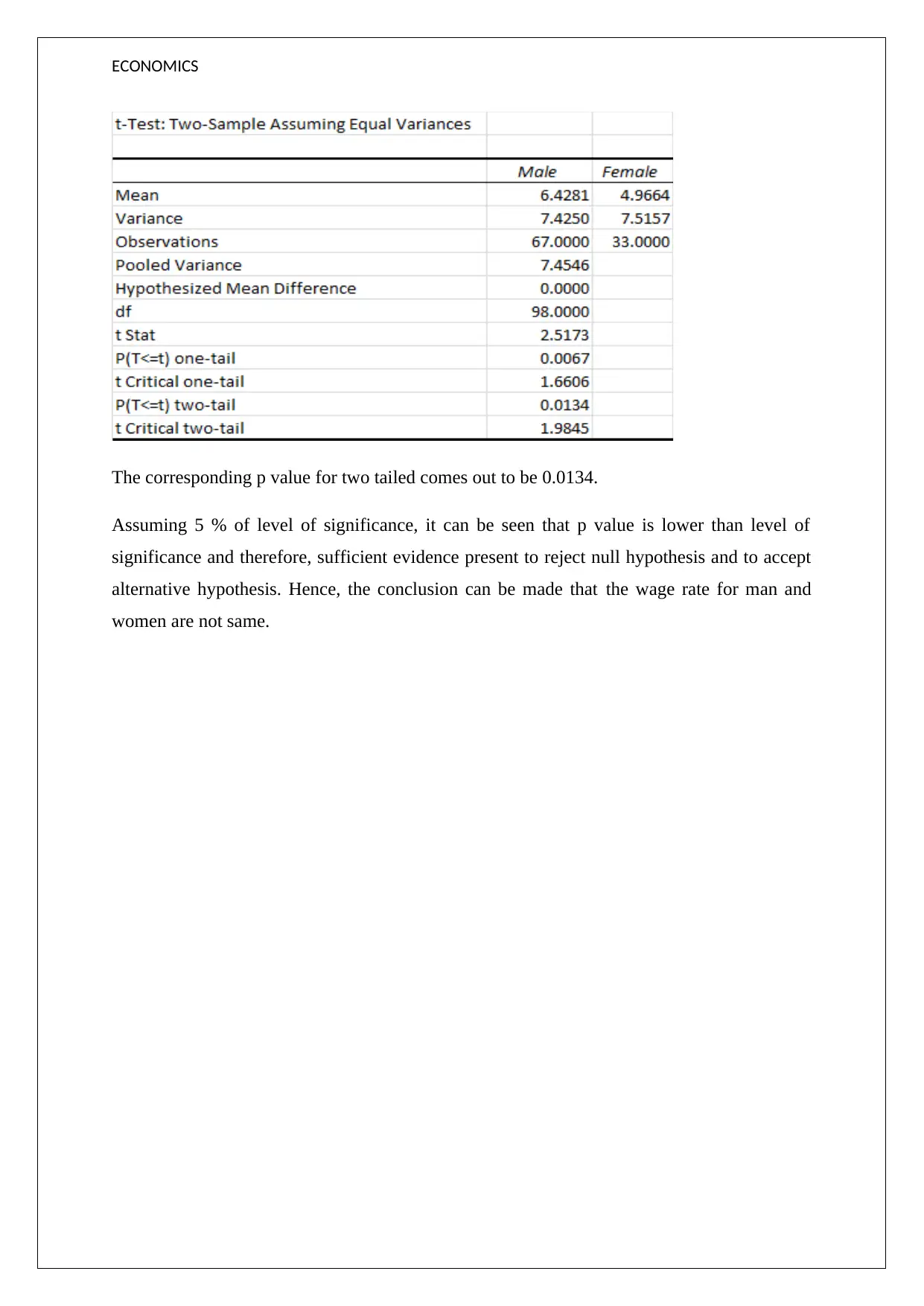






![[object Object]](/_next/static/media/star-bottom.7253800d.svg)